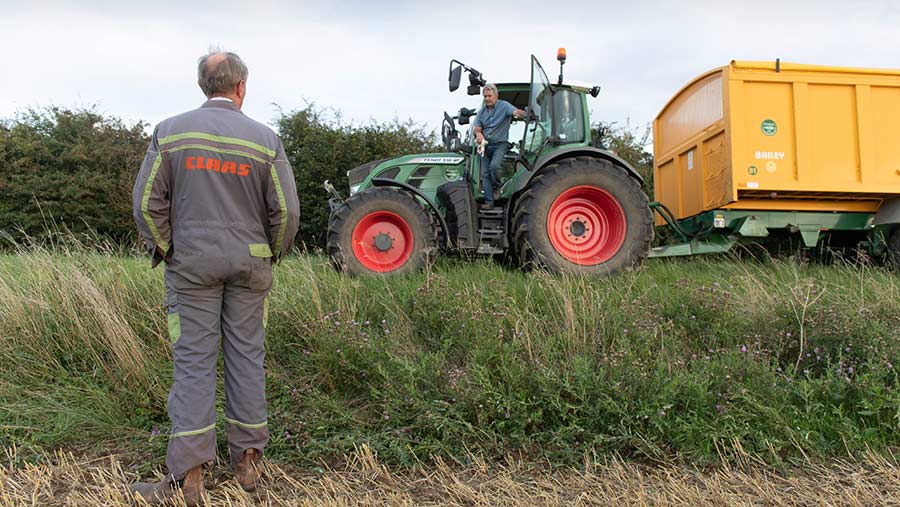8 key drivers of change in farming highlighted for 2022
 © Tim Scrivener
© Tim Scrivener Changes to support schemes and a focus on the environment are two of the key themes likely to encourage transformation during the next year in agriculture.
Strutt & Parker has highlighted eight main areas to be aware of and offered advice on how farm businesses in England should respond.
Rhodri Thomas, head of rural at Strutt & Parker, said: “The rural sector is facing a period of dramatic change and Christmas and New Year is a good time to reflect on future trends and explore where there might be opportunities to generate new income streams.
See also: Analysis: Policy, prices and weather – how farmers feel about 2021
“While there are many challenges to be addressed, we believe there will also be huge potential for rural businesses. However, the options and competing opportunities will require careful navigation, and it may require a step change in what businesses do and how they do it.”
Support payments
The first three key drivers are all linked to changes to government support payments. First, the reduction in Basic Payment Scheme (BPS) payments has begun and farmers have seen a 5-25% cut in their payments for the first time this winter as part of the seven-year transition period.
Strutt & Parker’s impact assessment has shown that over the past five years, BPS has accounted for about 60% of profits on average across all farm types.
Second, new support schemes such as the Sustainable Farming Incentive (SFI) and the Countryside Stewardship Scheme are being introduced to replace old schemes. However, Strutt & Parker said farmers should certainly not view the SFI as a replacement for BPS – whereas BPS is virtually all “profit”, most SFI options have associated costs.
Finally, the result of Defra’s lump-sum exit scheme consultation is due shortly. The scheme will offer a one-off lump-sum payment to farmers leaving the industry. The scheme is designed to make more land available for new entrants and existing farmers wishing to expand.
Environmental trends
With the Environment Act now introduced into law, biodiversity net gain and air quality are becoming buzzwords for the industry. Farm businesses are likely to face further costs in order to reach environmental targets set out in new government policy, according to Strutt & Parker.
The report says: “Farmers in England are already facing the tighter implementation of the farming rules for water in a bid to prevent water pollution. This means they are facing significant changes to the way they store and spread manure, slurry, AD digestate or sewage sludge. If new equipment is needed, it could be part-funded under the Farming Equipment and Technology Fund, which is open now.”
Another driver is carbon credits and how trading has the ability to offer new opportunities and incomes for rural businesses. However, Strutt & Parker has warned that before landowners sell their carbon, they should understand how the markets work and the long-term implications for their business.
The renewable energy sector is also expected to grow as the UK works to become carbon net zero by 2050. Solar developers are keen to secure farmland sites and need more battery storage sites, according to the report.
Environmental, social governance and corporate social responsibility objectives are encouraging corporate business to offset their carbon emissions. This means farmland is increasingly being taken out of food production for tree planting and rewilding, which provides both opportunities and challenges for farmers.
Letting property
New regulations are being introduced for letting properties, with energy performance certificate requirements set to become more stringent from 2025. The report says the cost of ensuring that houses and cottages remain lettable looks set to continue to rise, and getting the right advice will be essential.
